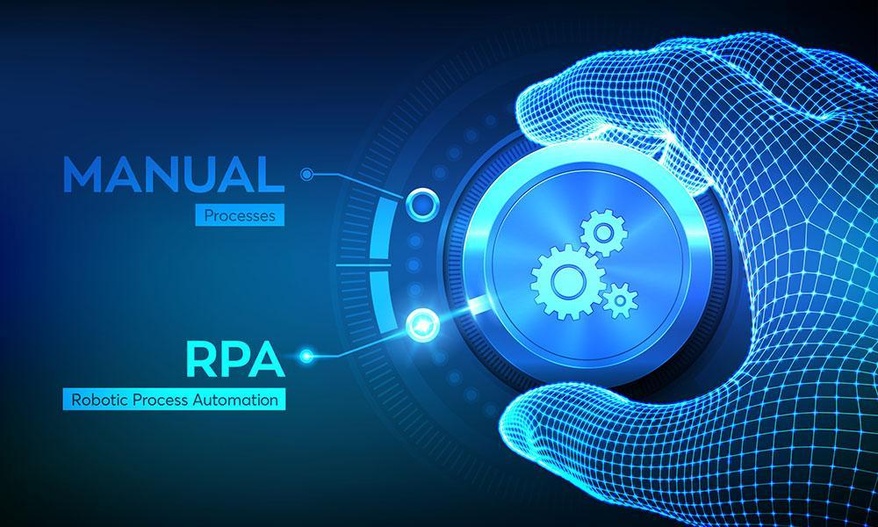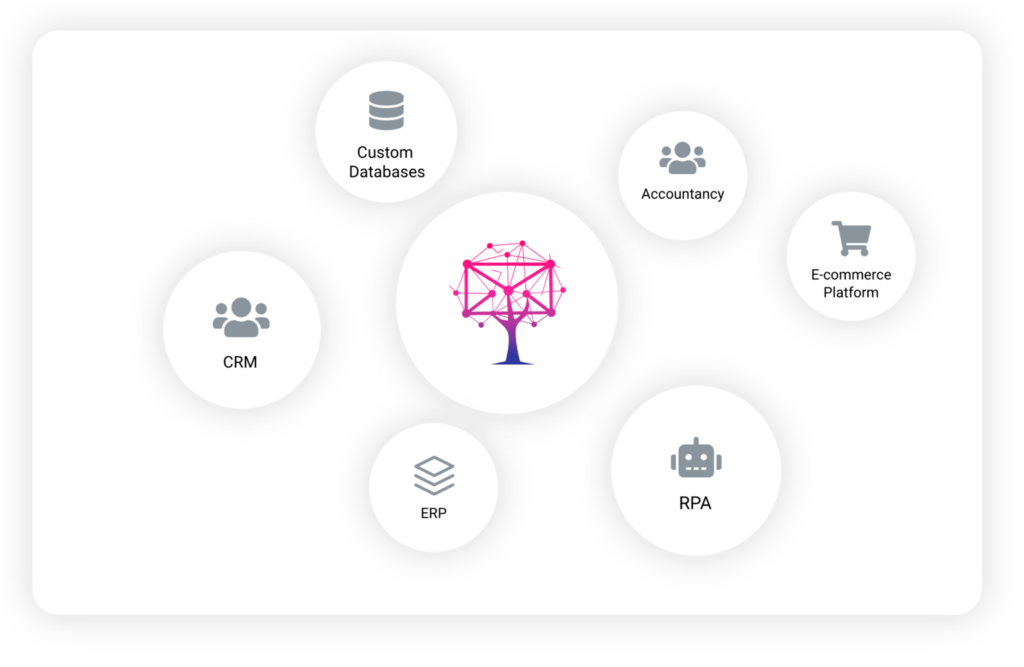
It is high time we talk about hyper-automation
Imagine a world where there are no service centers. The entire customer relationship management is configured and fully automated with a click of a few buttons.
Client facing retail businesses obliged to manage and document every single customer interaction for the record. Think about insurance, banks, utilities, telcos or even airlines. It is business interaction at a massive global scale. Each and every customer inquiry are tracked (ZENDESK) and processed by a not-so-high waged employee who can routinely handle repetitive tasks at the other side of the world, execute steps by a carefully writing codified manual or handbook. Robotic process automation RPA takes this handbook, record the actions taken and repeats it automatically and at a massive scale. If all the process is automated from the beginning till the end the robot can be unattended. If needs exception handling it is called an attended robot.
According to Adroit Market Research the contact center outsourcing market is set to almost double by 2025 to a 131.56b globally. Hyper-automation is the fancy term capturing the phenomena and set to massively transform the service sector. The term was defined in Forrester and Gartner research reports predicting enormous growth opportunities in the future ahead. The flagship solution in this world is UI PATH (Read about the UI Path growth model) a Romania based champion, setting the torch for startups in the CEE. (Read why B2B SaaS startups can win from the CEE). UI path provides the development framework and environment to design and implement process automation tasks. It costs around $3000 per year per user to set up the RPA environment and churn out robots, a bargain if you factor the potential savings in terms of working hours.

But what is the right growth model for RPA startups?
This is not a one solution fits all case. Every customer’s system, process and workflow is unique, result or organic or inorganic development, far from being identical. There are different, often competing and mutually excluding system are in place. The beginning of a process is aligned or connected with APIs without proper process mining, and implementation as well as testing it is not yet possible to deliver a subscription based service only.
The possibilities of the problems to be solved are endless. A good strategy could be to target and focus on a very specific problem: like emails. We spend almost 30% of our working time with emails, most of them are repetitive and time-consuming. “Email tree” https://emailtree.ai/ – A new startup in Luxemburg set to conquer the space. Email tree promises the classify, detect and execute emails and replies automatically, pulling data from databases and provide assignment. Partnered with Ui Path it can provide the right quality of new and existing clientele a synergy is guaranteed. The team has participated in competitions and incubator programs to gain traction. A Microsoft, EY and Orange partnership lays the fundamentals of a success story.

Service centers typically are located far from business centers, (think about India and Asia) where wages, working conditions and economics play an important factor. Having the implementation and delivery process established Email tree found the way to bounded a onetime consultancy-like fee with a yearly subscription fee together. The business model is challenging as firms are facing both cost effective scaling solutions and make-or-buy decisions in the ever evolving enterprise solution landscape.